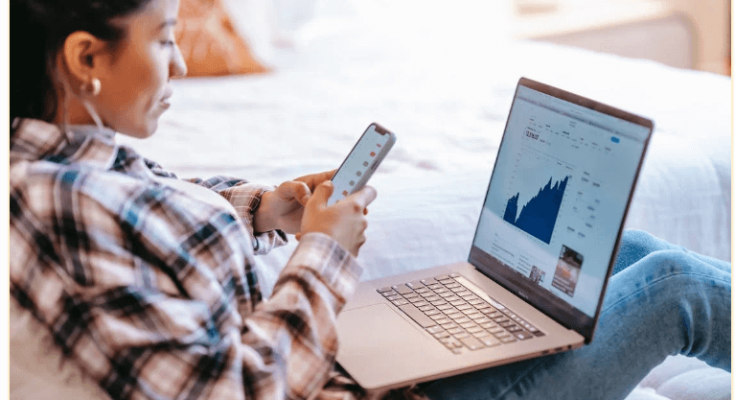Online trading’s attractiveness in the modern fast-paced financial climate is difficult to deny. With the advent of the internet and technological advancements, the gates to global financial markets have opened wide for everyone — not just for professional traders or those with a hefty bankroll.
This democratization of finance means that anyone with a computer and internet connection can participate in the world’s largest marketplace. But why should you consider learning online trading, and how can you get started? Let’s dive in.
The Benefits of Learning Online Trading
The primary advantage of online trading is accessibility. Gone are the days when stock exchanges were exclusive clubs for the elite. Now, the market is at your fingertips, whether you’re interested in stocks, forex, commodities, or cryptocurrencies. This accessibility comes with the freedom to trade anywhere, anytime, breaking down geographical and time constraints.
Moreover, online trading offers the potential for financial growth. With the right strategies, knowledge, and a bit of luck, individuals can grow their investments significantly.
Another benefit is the educational journey itself. Learning to trade online equips you with valuable financial literacy skills, such as understanding market dynamics, analyzing economic indicators, and managing risks. These skills are beneficial not only in trading but in making informed financial decisions in everyday life.
Getting Started with Online Trading
1. Learn the Basics
First things first, you need to understand what online trading is all about. Think of it like learning how to drive; before you hit the road, you need to know how the car works, the rules of the road, and how to read the signs.
For trading, this means getting to know how the stock market works, what forex trading is, and what terms like ‘stocks’, ‘bonds’, and ‘cryptocurrency’ mean. There’s a lot of free information online
2. Pick a Good Trading Platform
Finding the right platform to trade on is like choosing a good smartphone; you want one that’s easy to use, has all the features you need, and doesn’t cost too much. Look for a trading platform that’s friendly for beginners, offers low fees, and has good reviews.
3. Make a Trading Plan
Creating a trading plan is essential. Your plan should outline how much money you’re willing to risk, what you intend to trade (stocks, currencies, etc.), and your strategy for buying and selling. A clear plan will help you stay focused and avoid making decisions based on emotions.
4. Practice Without Risk
Before you start trading for real, try it out with a demo account. It’s like playing a video game where you can practice without losing any money. This is a great way to get comfortable with trading and test out your plan to see if it works.

5. Start Small and Keep It Simple
When you’re ready to start trading with your own money, begin with small amounts. It’s like learning to swim; you don’t jump into the deep end on your first day. Start in the shallow end and gradually move deeper as you get more confident. And remember, the world of trading is always changing, so keep learning and adjusting your plan as you go.




